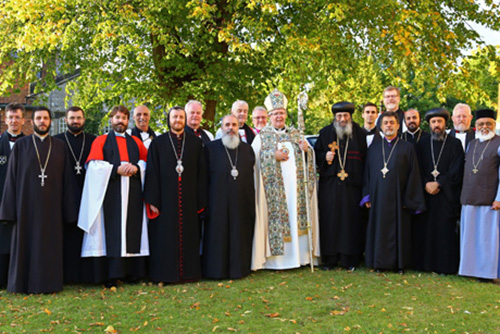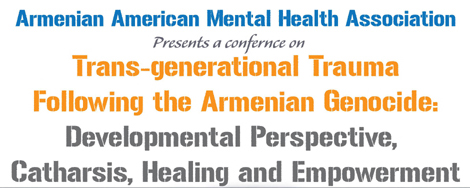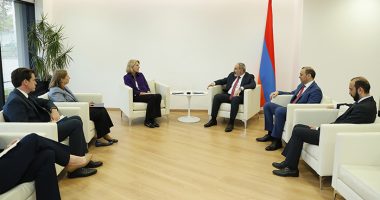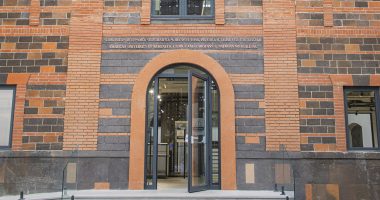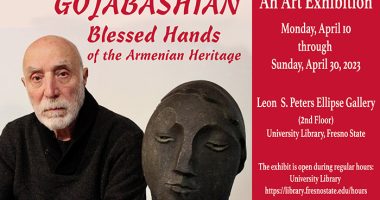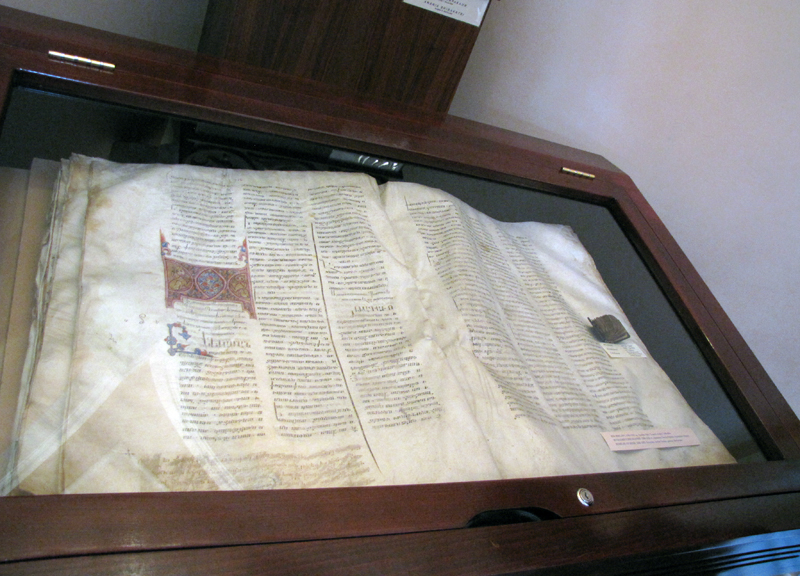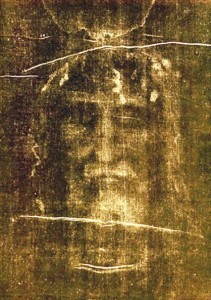

NORTH WALES, UK –This month, a dispute about Christian theology with roots going back 1,500 years reached a resolution, when leaders of the Anglican and Oriental Orthodox churches issued an “Agreed Statement on Christology” as part of the Anglican-Oriental Orthodox International Commission (AOOIC). The commission held its latest meeting October 5-10 in North Wales, U.K.
The latest gathering was the fourth session in an ongoing “theological dialogue” between two branches of the Christian church, the first session having taken place in 2002 at Holy Etchmiadzin. The meeting brought together leaders of Anglican communion and the Oriental Orthodox family, the latter comprised of the Coptic, Syrian, Malankara, Ethiopian, and Armenian churches.
At issue was the Christological understanding the nature of Christ, first formulated during the Council of Chalcedon in A.D. 451. The churches of the West, as well as the Byzantine/Eastern Orthodox churches hold that Christ possessed two natures—one human, one divine—while the Armenian Church and its sister communions in what came to be known as the Oriental Orthodox family have maintained the more ancient understanding of a single human-divine nature.
In what is being called an historic development, the agreement signed between the Anglican and Oriental Orthodox churches will be a step in healing one of the oldest continuing divisions within Christianity. (It is worth noting that the same issue has been the subject of a dialogue between the modern Eastern/Byzantine Orthodox and Oriental Orthodox churches since 1951, which reached an amicable conclusion in the 1990s.)
Representing the Armenian Church were Archbishop Hovnan Derderian, Primate of the Western Diocese; and the Very Rev. Fr. Shahe Ananyan, director of Ecumenical Relations at the Mother See of Holy Etchmiadzin. The Great House of Cilicia sent Archbishop Nareg Alemezian and the Very Rev. Fr. Housig Mardirossian.

